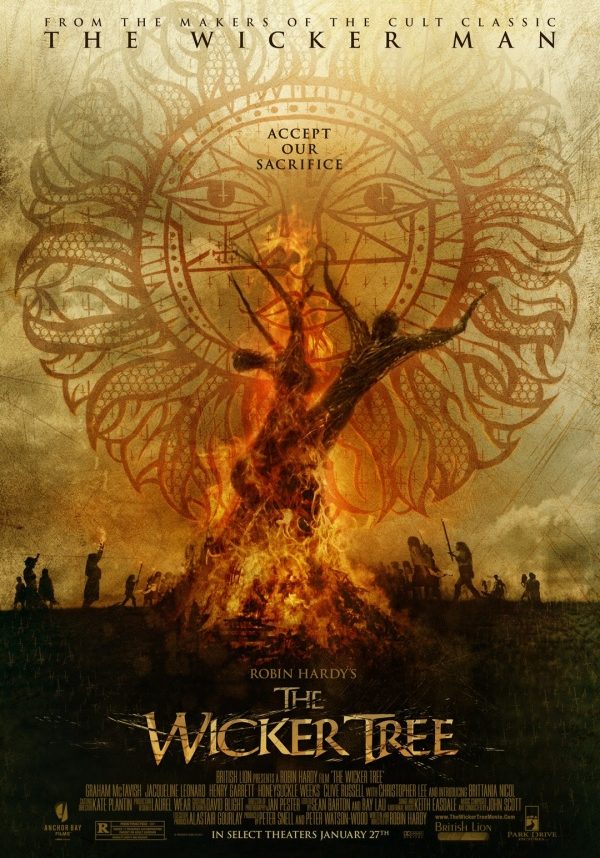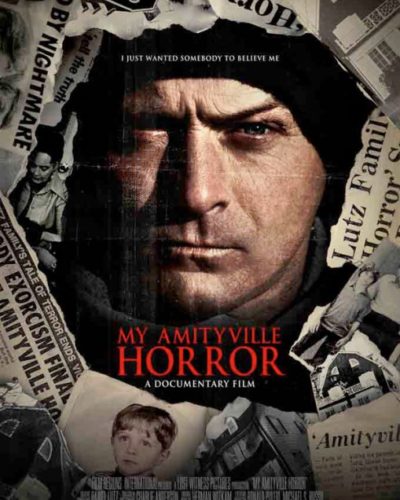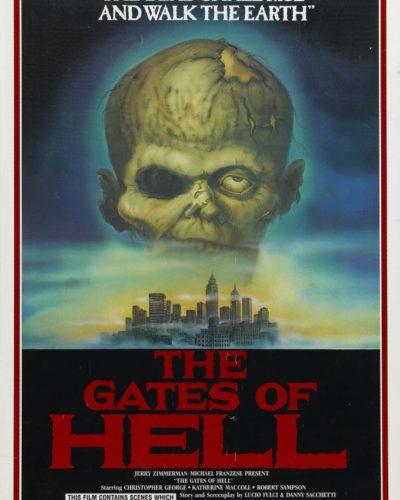A Dance with Pagan Fervor: “The Wicker Tree”
“Pray for us sinners, now, and at the hour of our death.” This all-too-familiar invocation takes on a chilling new context in Robin Hardy’s “The Wicker Tree,” the spiritual successor to his 1973 cult classic, “The Wicker Man.” Released in 2010, this film delves into the dark heart of pagan practices, as an evangelical Christian couple encounters a community whose roots are steeped in ancient, and possibly sinister, traditions. Without divulging the secrets nestled within the Scottish highlands, where our story unfolds, “The Wicker Tree” serves as a tale of cultural clashes and the horrifying costs of blind faith.
Conjuring Dread: Crafting Atmosphere in “The Wicker Tree”
The fabric of horror in “The Wicker Tree” is woven through an adept use of ambiance rather than outright terror. The film unnerves viewers with its juxtaposition of picturesque rural landscapes against an ever-mounting sense of dread. Director Robin Hardy’s methodical pacing allows the horror to simmer, building a world where every charming tradition hints at darker underpinnings. While the movie may lack the visceral horror of gore-centric peers, it is exactly this restraint that cultivates a more profound sense of unease.
The potency of Hardy’s approach lies not only in what is shown, but also in what is held back, the unseen forces at play adding to the film’s mystery and terror. The horror here is a creeping vine, growing tighter around the protagonists—and the audience—with every ritualistic chant and effigy encountered.
Through a Foreboding Lens: The Aesthetics of Terror
Cinematography and Visuals
The Wicker Tree’s cinematography does not rely on shock and gore to chill its viewers to the bone. Instead, the film utilizes an array of atmospheric visuals to evoke a sense of otherworldliness. Lighting shifts subtly from the warm, inviting glow of a community’s welcome to the cold, forbidding shades as the narrative delves into the depths of its pagan core. The camera work captures the picturesque landscape’s beauty and conveys a lurking menace within that beauty. Special effects play a secondary role, eschewing flashy tricks for a focus on the ritualistic and the symbolic.
Soundtrack and Sound Design
The auditory journey in “The Wicker Tree” is as integral as its visual counterpart. The soundtrack, a blend of folk melodies infused with unsettling chords, mirrors the film’s thematic dissonance. Sound effects are judiciously used, accentuating the moments of horror with jarring potency. A particular mention must go to the silences—troughs of quietude that amplify the impending sense of doom, just before the climax of terror breaks.
Laying Bare the Psycho-Cultural: Performances and Themes
Character and Acting
The performances in “The Wicker Tree” vary, with central characters Beth Boothby (Brittania Nicol) and Steve Thompson (Henry Garrett) delivering earnest if occasionally naive, portrayals of individuals out of their depth. Their innocence and ignorance serve as vehicles for the horror to unfold. The supporting cast, especially the villagers, is uniformly compelling, infusing the film with a realism that makes the encroaching horror all the more affecting.
Elements and Mechanics of Horror
Identifying itself with psychological and cultural horror more than the supernatural or the corporeal, “The Wicker Tree” delves into the terror of mislaid faith and the darkness that can lurk within human customs. It challenges the horror genre’s conventions by shifting from jump scares and blood baths to a profound unsettlement borne from witnessing the collision of two diametrically opposed belief systems.
The movie employs dread rather than explicit horror, a lingering fear that comes from witnessing the protagonists’ slow entanglement in a cultural web far more intricate and threatening than they could ever have anticipated. “The Wicker Tree” finds its thrills in the slow revelation of its true nature rather than sudden shocks, although its climax will undoubtedly resonate with viewers long after the film concludes.
Broader Tones: Societal Commentary
“The Wicker Tree” is innately tied to societal commentaries on religious zeal, cultural imperialism, and the potential darkness behind seemingly benign traditions. Hardy uses horror to peel back the layers of these issues, driving home the notion that ignorance, especially when combined with blind zealotry, can be fertile ground for horror.
The Resonance of Ritual: Final Appraisal of “The Wicker Tree”
Despite its modest budget and the impossibility of living fully in the shadow of its renowned precursor, “The Wicker Tree” stands as a chilling exploration of horror in its more psychological and atmospheric manifestations. It may not satisfy those craving conventional scares but offers a harrowing, thought-provoking experience for those looking to explore the darker crannies of cultural divides and religious fervor.
Fans of folk horror, as well as those appreciative of slow-burn narratives with an intellectual edge, will find “The Wicker Tree” a compelling watch. While its methodical pace and subtle terror may not cater to all tastes, it provides a well-crafted if less than perfect, continuation of the themes explored in “The Wicker Man.”
In conclusion, “The Wicker Tree” is a layered film, rich with subtext and worthy of discussion about its position within the broader horror tradition. Its strengths lie in its atmosphere and the thought-provoking nature of its narrative. Its weaknesses, perhaps, in its inability to deliver the punch of more mainstream horror offerings. Viewer discretion is advised for the film’s more disturbing thematic elements and its ensnaring, tragic conclusion. In sum, “The Wicker Tree” weaves its tale with subtlety and cultural nuance, marking its place in the pantheon of horror cinema not with screams, but with a haunting chorus that echoes long after the credits roll.




